(also learn more in the latest publication)
This final version is the result of the continuous development of the repository since the first year, adding new functionalities each year according to the objectives established by the project and the continuous feedback provided by users.
Let’s review the main new features of this final version, starting from the main new one: the Artificial Intelligence (AI) framework.
One of the objectives the repository had to fulfil was to host AI algorithms developed by the project and a tool for running them inside the repository. As a result, an AI execution framework was implemented. This framework is accessed through the “AI” button of the repository menu, landing on the inference section of the framework (see Figure 1).

In the inference section, the users can run any of the hosted AI algorithms: first picking one from a drop-down list and then filling the form with the model required inputs, according to the provided model description (see Figure 2).
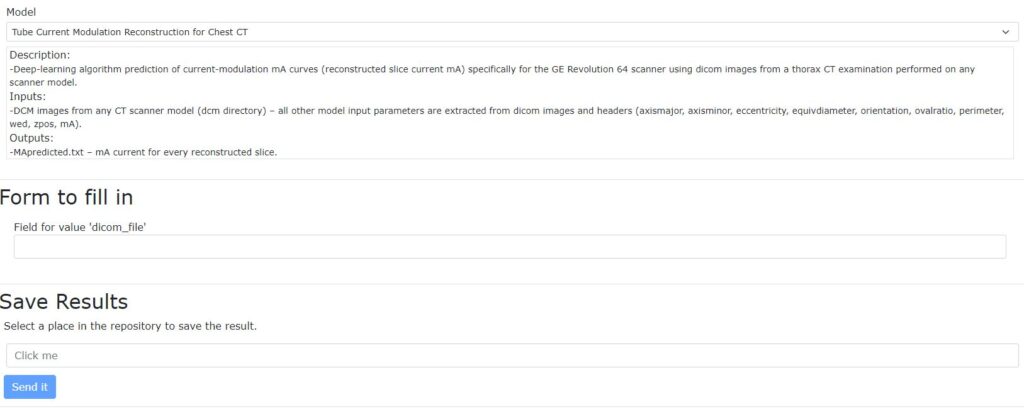
The other section of the AI execution framework allows the submission of trained AI-based models by filling the form shown in Figure 3. Once submitted, the repository’s management team will receive and implement the model in the AI engine so that it can be run by other researchers.
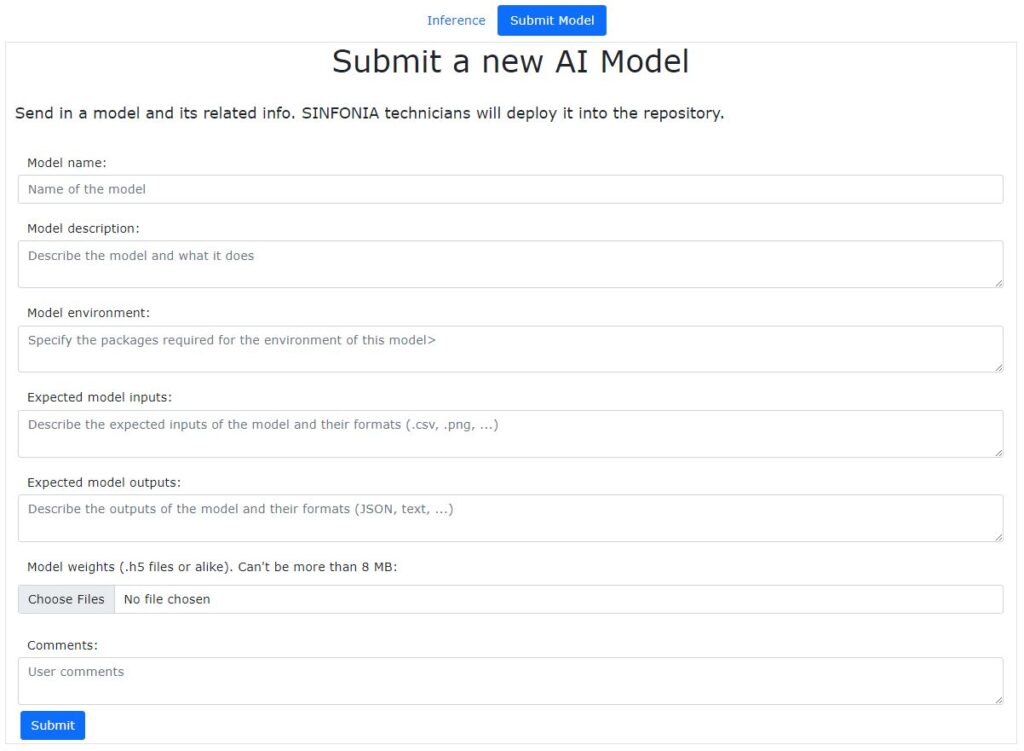
Another new significant features of the final version is the repository API, through which a user can perform any possible action that can be manually made in the web portal: manage folders, upload and download data, decompress zipped files, run AI models, etc. The API is offered through the following link: https://sinfonia.cesga.es/api-auth/?format=openapi.
In the footer of the repository’s web portal, there is a link to a Swagger page describing the repository API, which provides a graphical interface for interacting with all the well documented API endpoints (see Figure 4).
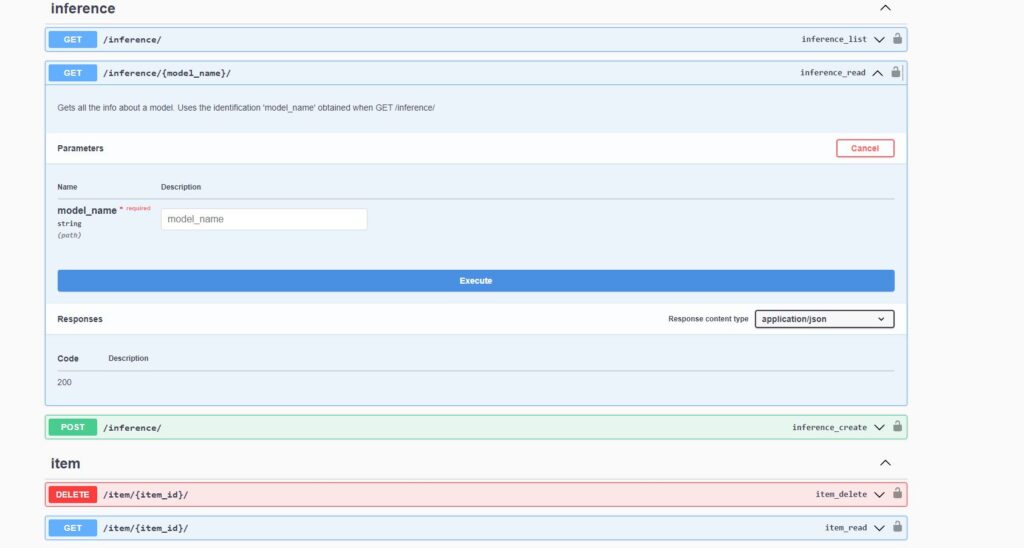
This API was used by QAELUM to test mainly the AI framework endpoints to run AI models and to try to integrate them with their own commercial radiation dose management system.
Another novelty of the final version is the personal message inbox. Clicking on the envelope icon located on the top right corner of the SINFONIA repository (see Figure 5), the user’s personal inbox will be open showing all read and unread messages.

Messages are sent after the conclusion of copying files, moving files, unzipping files or making an AI inference. Each message specifies the action that was finished and the resource the action was performed on, as well as a link to where that resource is located (see Figure 6).
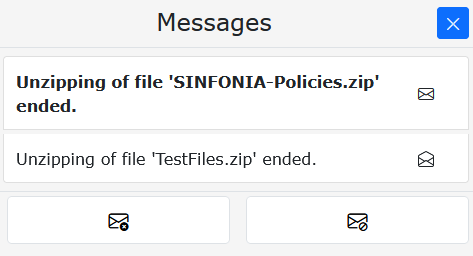
Other new features, such as a progress bar for uploading and unzipping processes (see Figure 7) or the implementation of tooltips as a quick help to the user (see Figure 8), have also been implemented.
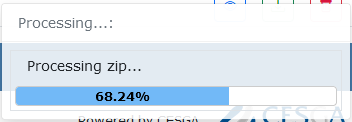
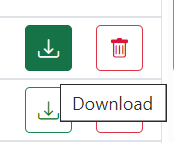
Regarding the features already existing in previous versions, lots of improvements were implemented, most of them changing the background behaviour to improve their performance. We have focused only on the improvement of the permissions management menu, because it carries the main changes from the user viewpoint, making it more intuitive and clearer.
The management options are the same as in previous versions: adding/changing/removing permissions to a user or group, make the folder private or public, allow or not allow the inheritance of the changes to all subfolders. However, the new section “Actions to perform:” is added, summarising all the changes to apply, allowing the user an easy check before they save them (see Figure 9).
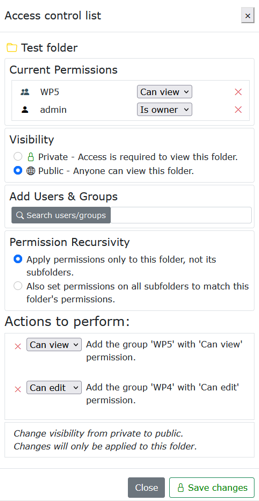
Finally, it has to be noted that a thorough debugging of the source code has been made, improving the performance and stability of the repository. This led, among other things, to the correction of a persisting bug that miscalculated folder sizes. As a conclusion, and to encourage the reader to review all the features of the repository, a user guide has been built with Sphinx. This guide allows the user to understand all repository features in a dynamic and user-friendly way. It is available through the link that appears on the main page message “First time here? Read our User guide”. The reader can access the user guide directly through the following link: https://sinfonia.cesga.es/static/guide/html/index.html.
You may contact José Carlos Mouriño Gallego at jmourino@cesga.es in case of any questions regarding the repository.